As a Midwesterner, I’ve always been aware of Kellogg’s. They have a business school named after them in Chicago and most of my mornings as a kid started with Tony the Tiger. When I heard Kellogg’s hired a Global Director of Culinary to bring food back into the center for the business, I knew I had to talk with him. Cooking is one of my core passions (outside of advertising). Mark is perfect for the job. He’s able to cook for 4 and 72 million. His humility and dedication to serving people through food is inspiring. Kellogg’s hired well.
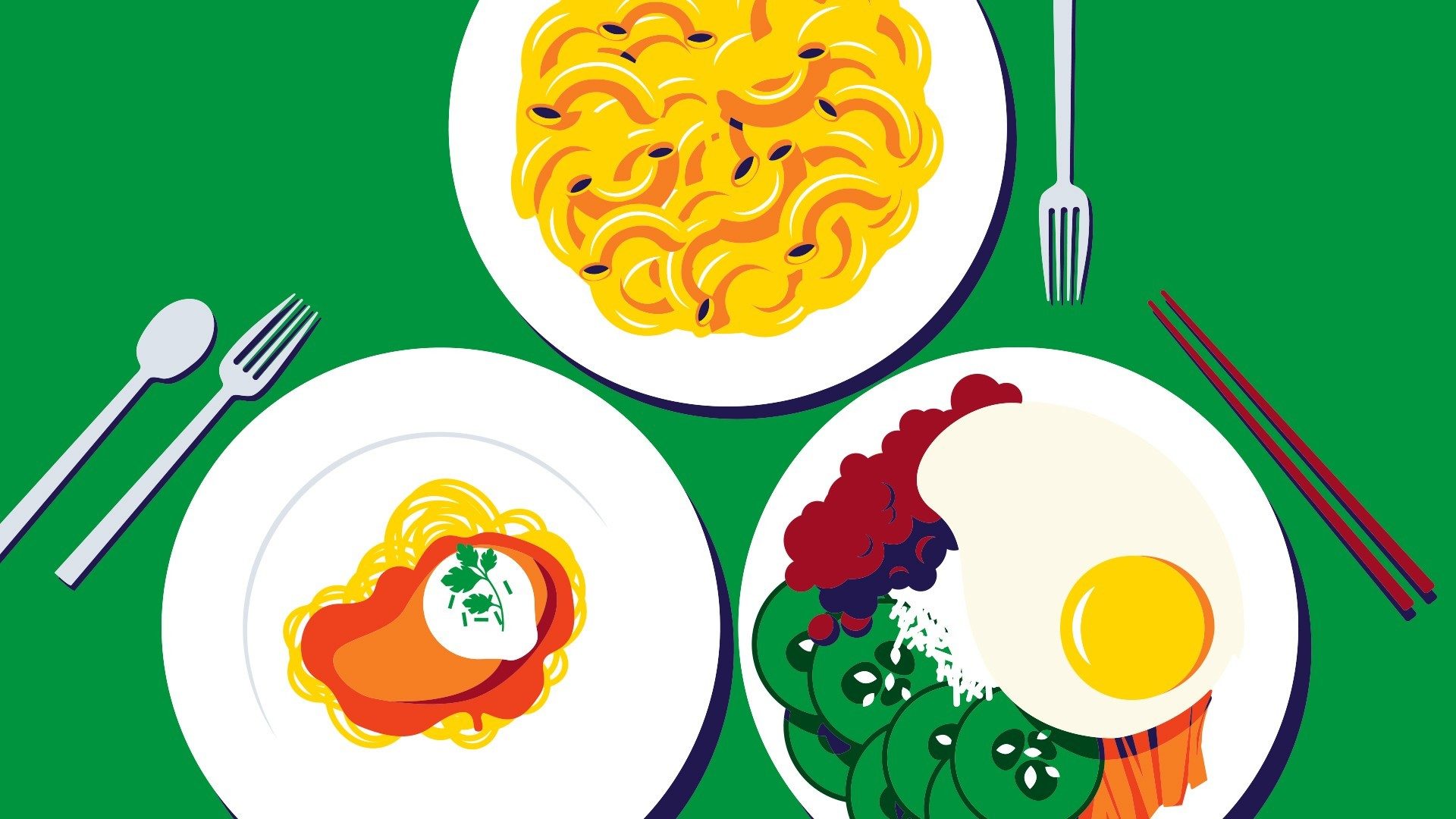
“My food is definitely influenced by my Italian heritage. My food is certainly influenced by the 47 years that I’ve been cooking professional. It’’s been a very long time since I’ve been in a high end restaurant and produced food like that. I’m inspired by that, but it’s not how I cook every day.”
How did you come to take this job at Kellogg’s?
Kellogg’s has gone through some very significant senior leadership changes in the last several years. And with that came some soul searching on what the company needed. I met our Senior Vice President of global R&D through a mutual colleague. I owned a company at the time called New Food Studio where we were doing culinary support for everything from startups to multimillion-dollar companies. I asked him to come to the studio for dinner, knowing that he was traveling all over the world and probably hadn’t had a home cooked meal in a while. We had a long conversation about the future, food, equity and food manufacturing. We talked about all the places we’ve lived in all over the world. I just thought I was securing a client, but several days later they came to me with a job offer and they weren’t taking no for an answer. So, I came on board to join them about three years ago.
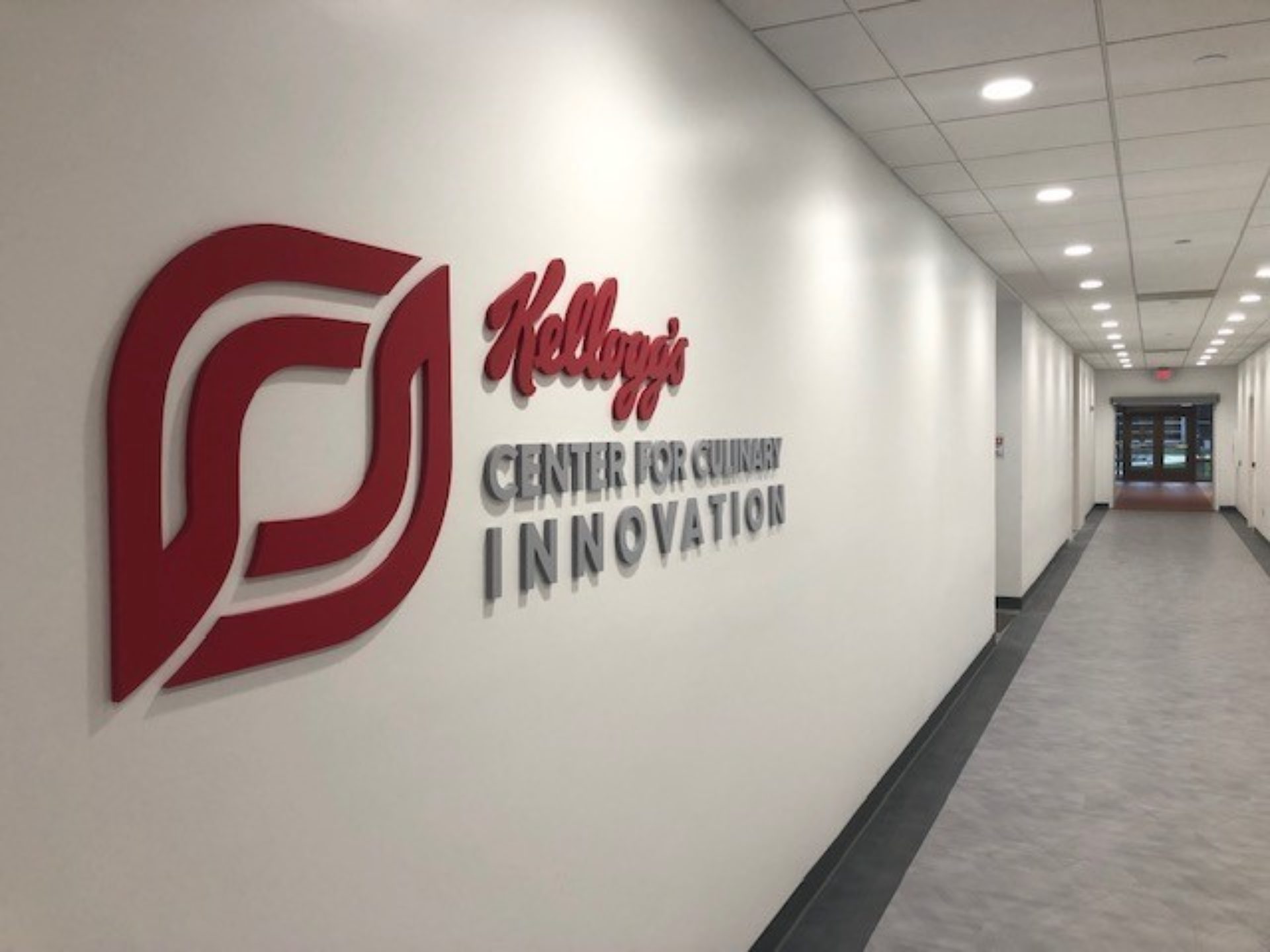
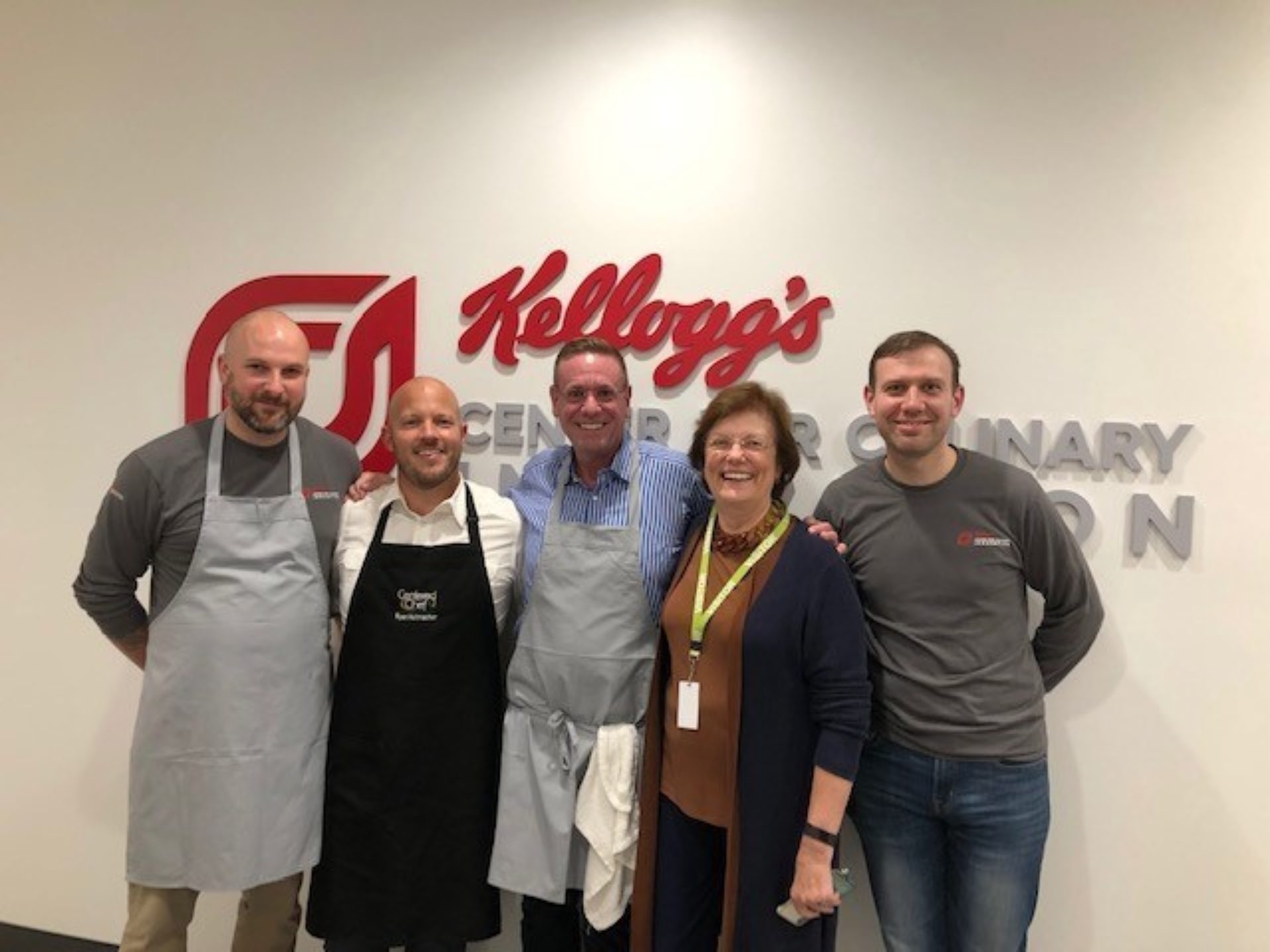
Launch event for Kellogg’s Innovation Center.
What do you think bringing you on was going to solve, or how it was going to help them with their mission?
My mission is very clear, but it remains to be seen how we will be effective at it. In the over hundred-year history of Kellogg’s, they’ve not really ever had a culinary department. They’re a little late to the game from big brands who established culinary 20 some odd years ago. But they’re acute in understanding that their consumer has changed, and that they needed to step up to the plate. It was time for a revamp throughout the business. This is just one very small aspect of that, to build a culinary team and have that influence new food product development.
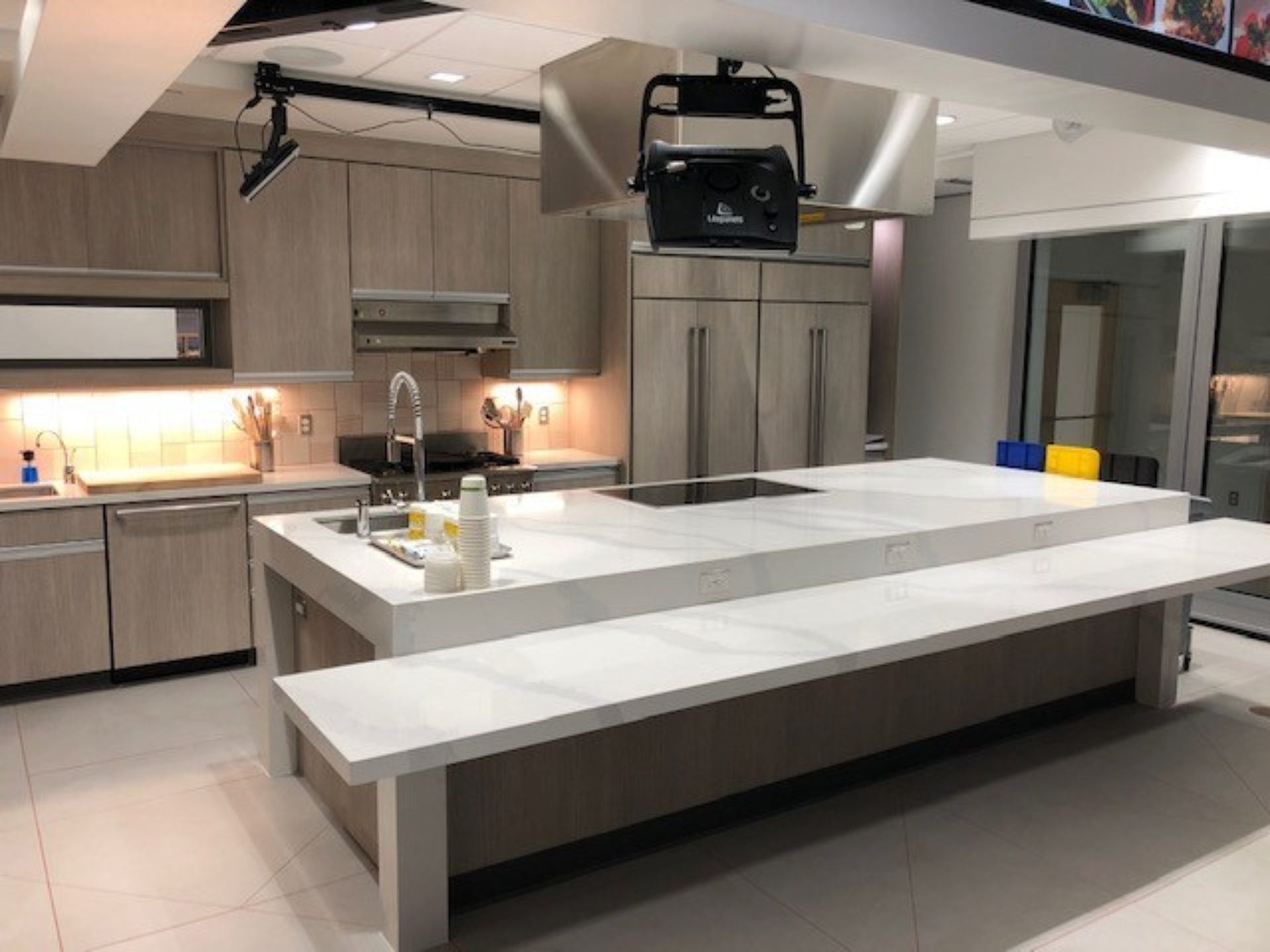
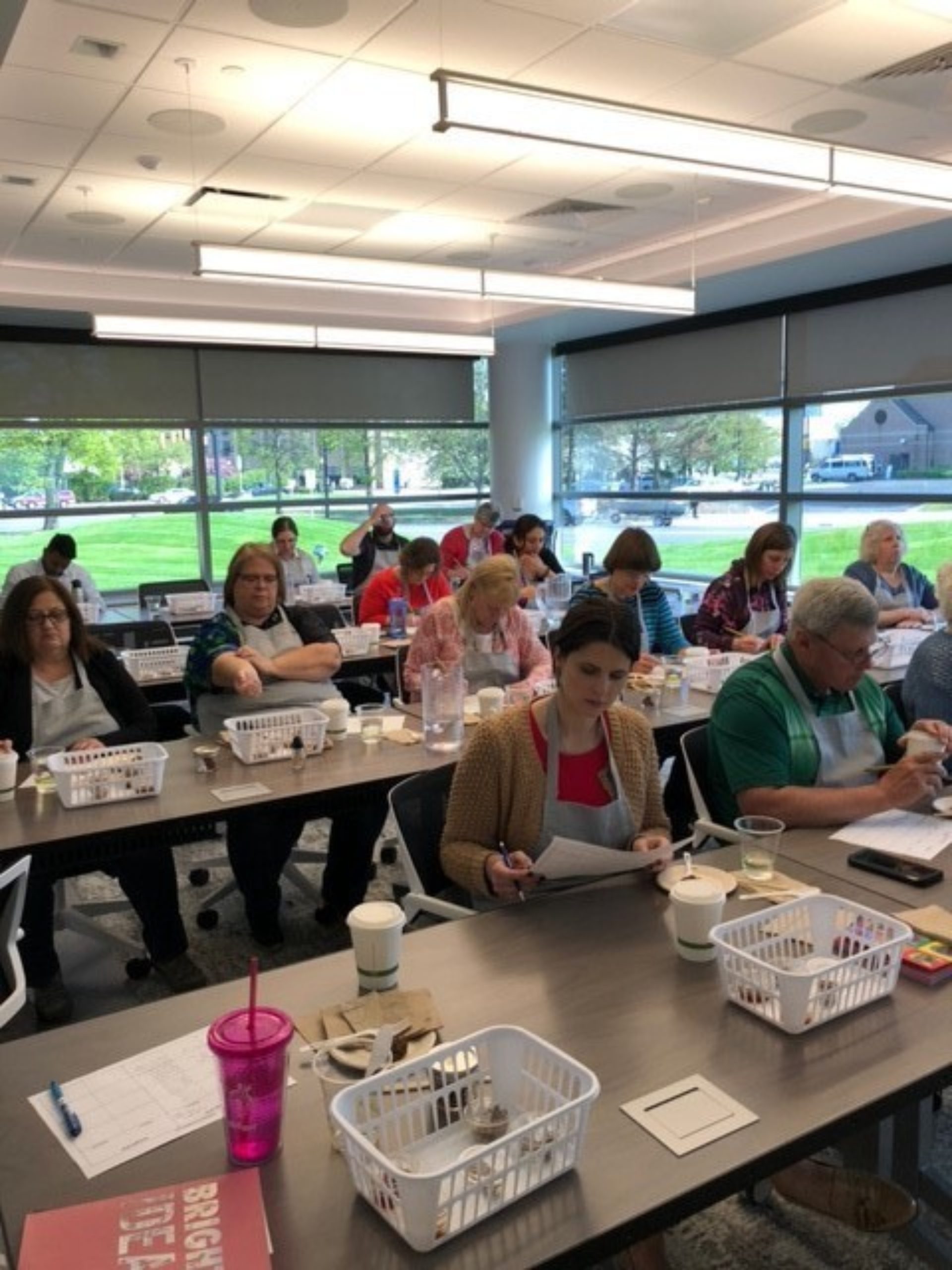
Left: Kellogg’s Center for Culinary Innovation launched in 2019 as a place to experiment with new product development. Right: A tasting calibration event in the center.
Part of that was the Innovation Studio, right?
Yes. Kellogg’s built three components to the Innovation Studio: a culinary center, a sensory center and a design studio. The sensory center takes Kellogg’s into the future. It’s an incredible investment, not only from a monetary perspective, but an investment in the people that will use it. It’s an opportunity to prototype and create gold standards internally. We can make lots of mistakes and experiment without tremendous cost. It enables us to do things smaller, better and faster.
What is your methodology for new product development?
We have a proprietary process internally that helps us discover our foods from a sensory perspective. We look at aroma, texture, flavor, appearance, sound, and ritual. We do that analysis with our regional and global brands and it’s helped define our brand architecture by honing in on where we should play.
How does ritual plays into the culinary experience?
I was at a conference last year, and this neuroscientist got up to talk. He had a cup of coffee and he said, “This is the personification of ritual.” He wraps his other hand around the mug and he says, “You know, that first beautiful spring day where you’re just done with winter and it’s still cold out, but the sun is warm on your face and you step outside in your bathrobe and you take a sip of that coffee. And you’re like, ‘Oh my God, this coffee is delicious.’ And it’s the same cup of coffee out of the same machine you made yesterday. That moment, that ritual, that experience changes everything.” It sat in the back of my head and it still sits in the back of my head. How do we create new foods that are so wrapped up in a ritual that they become really important?
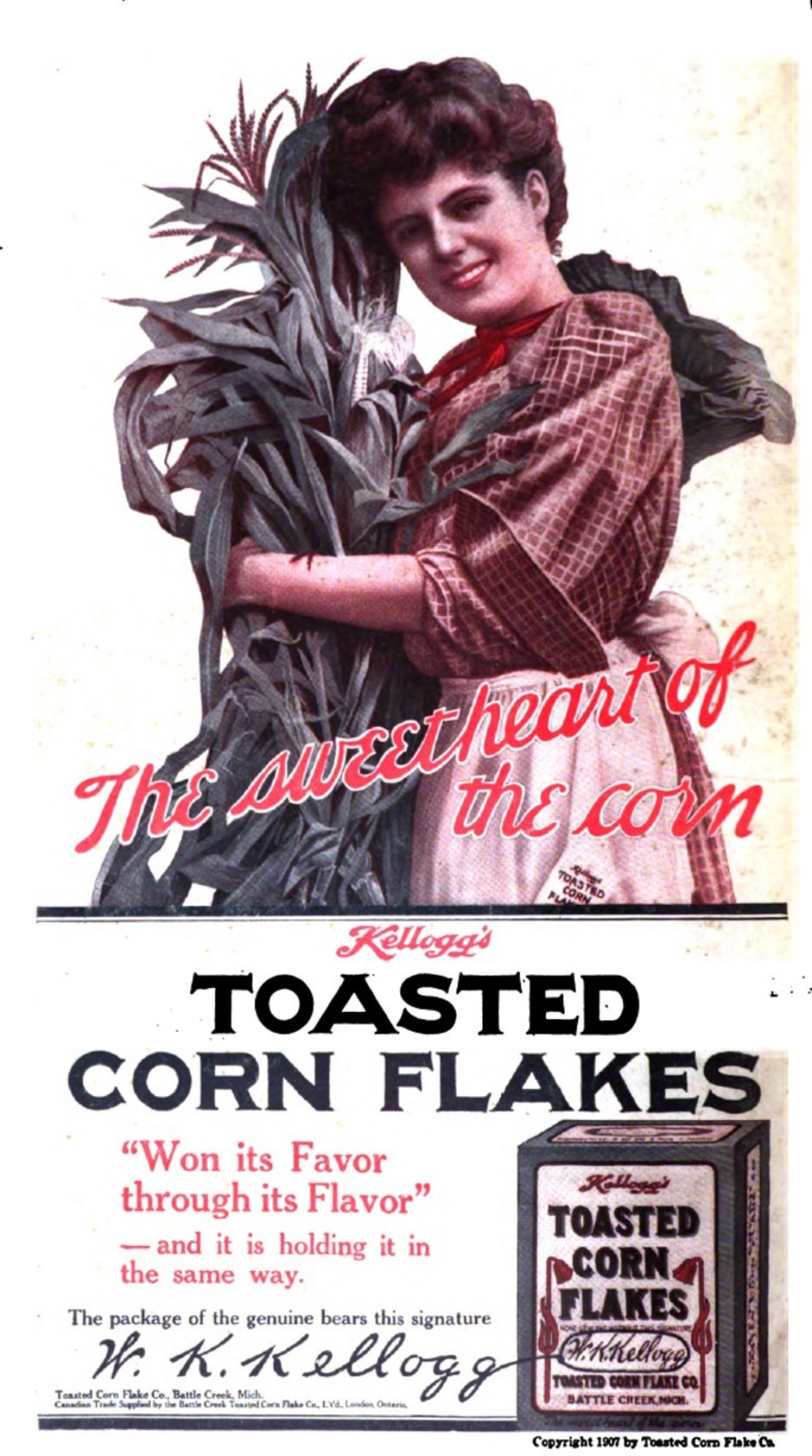
Kellogg’s early advertisement for its first product, Toasted Corn Flakes. Circa 1907
Kellogg’s started out as the breakfast with corn flakes, but it seems you’re starting to branch out. How focused is your role with them focused on breakfast?
Well, we own breakfast, right? So that’ll never go away. It’ll always be part of our portfolio.
In Asia and other regions people will eat the same thing for breakfast lunch and for dinner, but Americans has their specific breakfast food. Have you been tasked with thinking about breakfast for dinner or lunch or as an all-day thing?
Well, there’s all sorts of theory around occasion. But ultimately, I just want food to be delicious. I don’t care when you’re eating it. There’s a statistic that shows that people are eating cereal at two o’clock in the morning, because it’s comforting and it’s good. Is that an occasion? I don’t know.
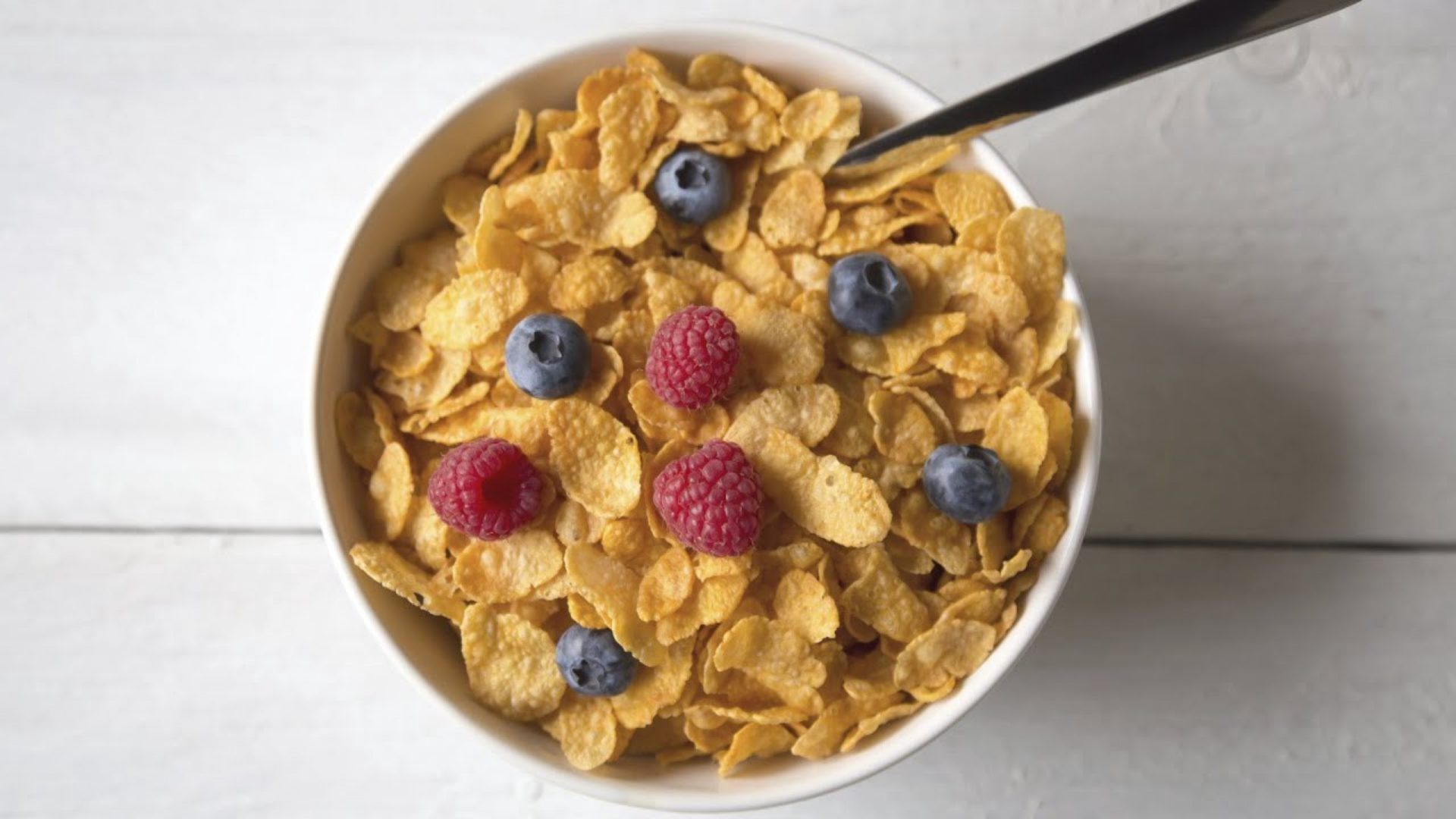
What are you seeing as far as global palates? Are you developing specific flavor profiles for specific countries or are you seeing a lot more fusion?
I wish it was that easy. Many years ago I worked with PepsiCo in New Food Studio and they had organized a huge global summit of subject matter experts, myself included ,and their internal global R&D team. And they were looking for three flavors that people all over the world love. And when it was my turn to do a quick presentation, I said if those flavors existed, you’d already have them. It’s not tomato, vanilla and matcha. It just doesn’t exist. And I don’t think fusion has validity. It was great in the eighties when we were experimenting with French Thai cuisine.
We’re at a point where we have such access to ethno-culinary, specificity, and regions, that there’s going to be some really cool flavor that is traditional, that people are gonna love. We’re seeing an explosion in the U S around Korean barbecue, that whole bulgogi flavor. It’s incredible. We watched those trends in the U S specifically — sriracha, salsa, refried beans, Italian food, Chinese food in the sixties and seventies. And I might be wrong, but my gut says that a fusion isn’t necessarily what people are looking for. They’re looking for some sense of traditional. And now that people are cooking more at home, they’re looking for a lot more adventure as well.
When I think of Kellogg’s, I think of on-the-go food. But with COVID, people are cooking at home. How are you thinking about product development in this new environment?
Is Kellogg’s considering all sorts of options? Of course. But so is every other CPG company. It’s not just in food, it’s across the board in all categories.
I don’t have an answer here. How do we get foods that are nutritionally sound and affordable to people who can’t afford to eat? We have 40 million people in the United States who are unemployed and they can’t afford to eat in a restaurant, even if restaurants came back.
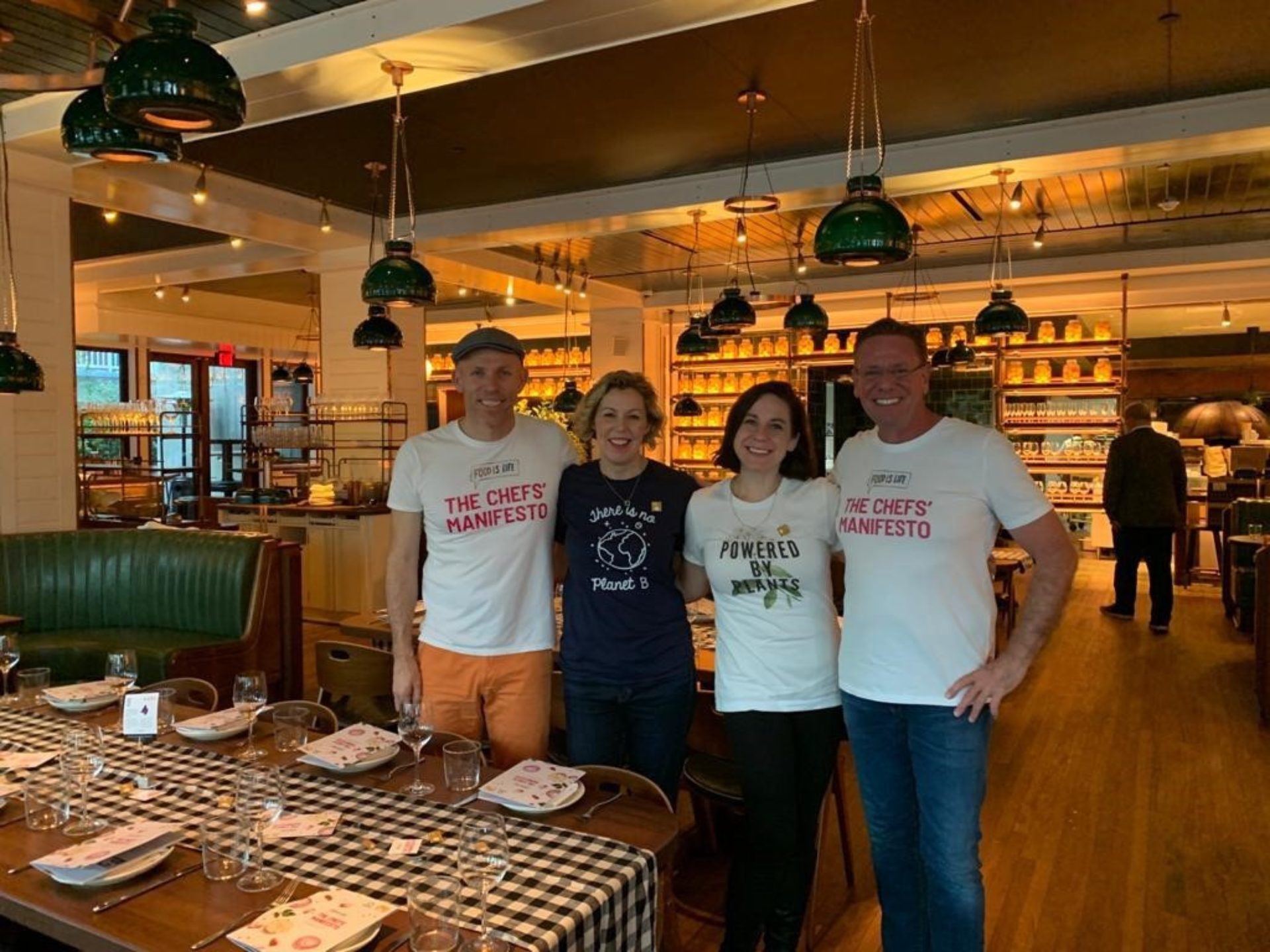
The Chefs’ Manifesto is a community of 700+ chefs from 77 countries, equipped with a simple set of actions to drive progress against the food issues that matter most to them.
I’m listening to a lot of sound voices globally who are speaking to solutions. I belong to an organization called the Chef’s Manifesto, and it is over 707 chefs globally. We had our first summit, which was supposed to be in Stockholm and instead it was virtual. I was asked to make a comment closing out the first day. And it dawned on me in that moment that out of the over 600 chefs that were on the call, I was one of the very few who actually had a job. So I got very emotional, and it was very humbling. There are chefs that have had to really scramble and refigure, not only how do they still feed their neighborhood, how do they feed themselves? How do they keep overhead? How do they keep their employees employed and energetic? So that’s the reactive inspiration that I’m looking at that really keeps me motivated and looking forward. But I think there’s lots of silver linings that will come out of this. It’s very difficult to predict the future in an unprecedented time. I believe that those who can be nimble and reactive are the ones that are going to be successful.
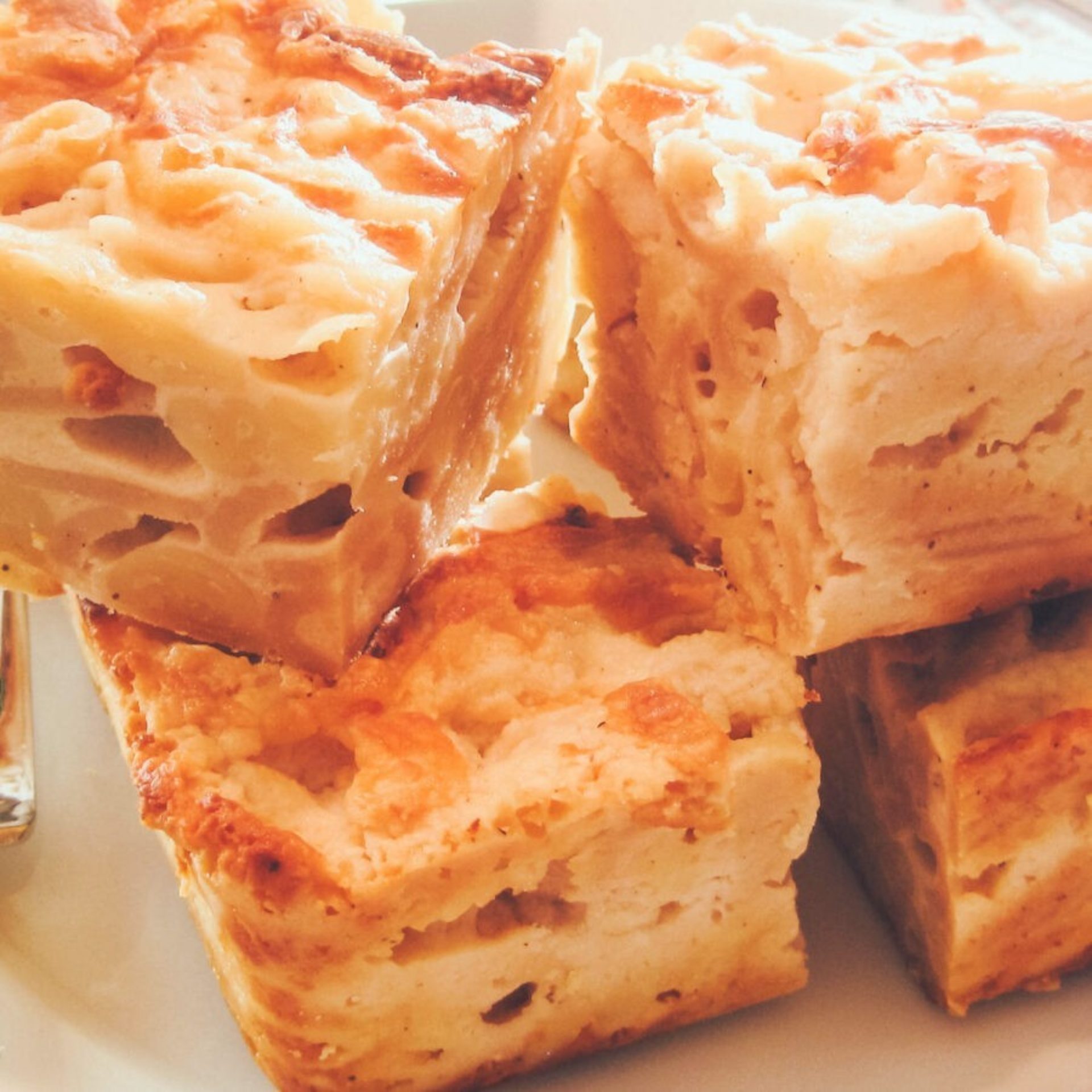
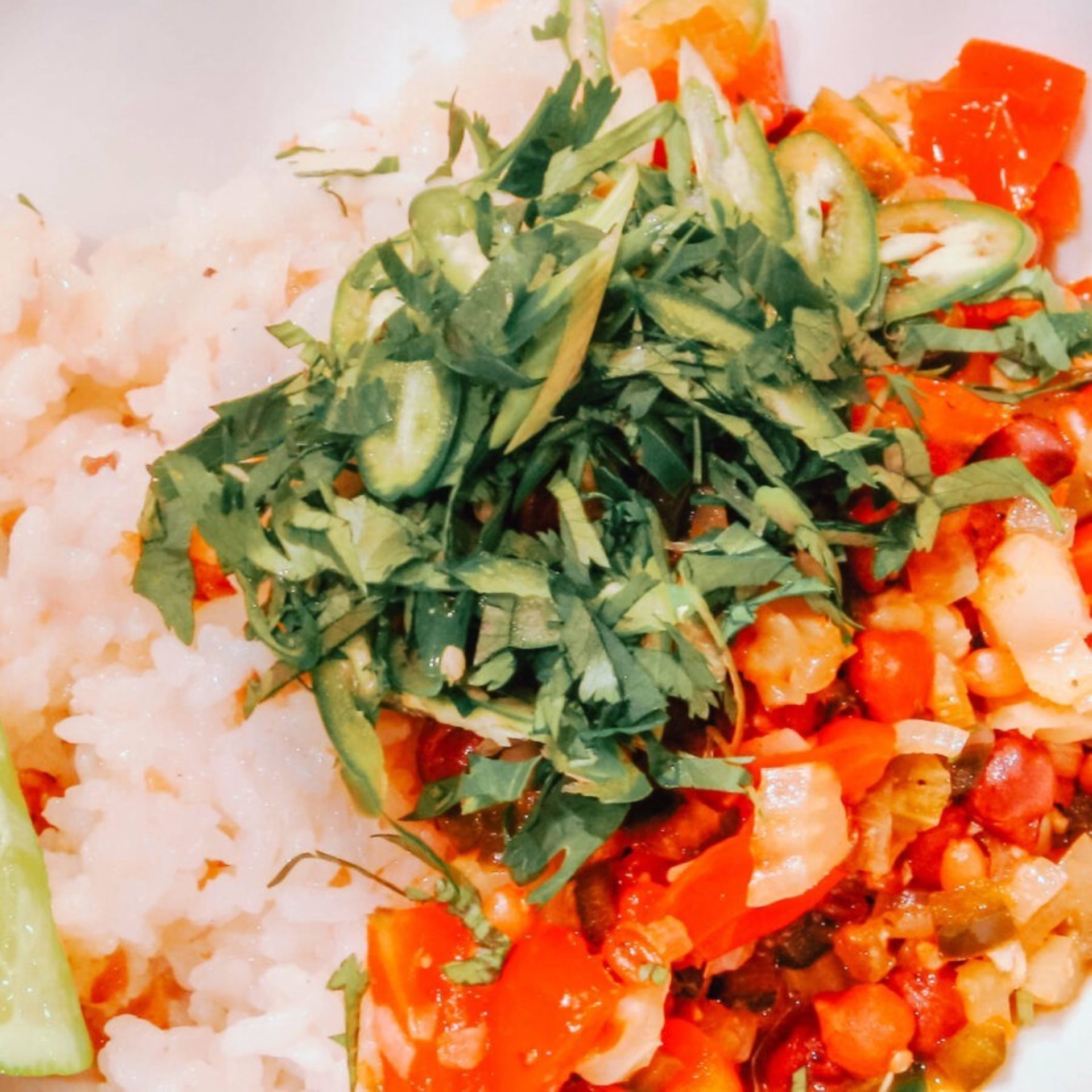
“Each week I would cook from my apartment and employees would cook along. The criteria for each meal was it had to feed four people for under $20.”
What was the genesis of your cooking at home series with KELLOGG employees?
Each one of the team members on my global team was pressed to come up with solutions. And as I was coming back from the supermarket on a Sunday, I thought, Why don’t I just share what I’m cooking at home while working at home? And so we did this broadcast series from my home. Employees’ families would cook along.
During the sessions, we’d talk about techniques, substitutions, and knife skills. It really opened up this insight to the fact that we’re a food company and that people are struggling. The sessions we did have been an incredibly humbling source of connection with colleagues I would otherwise not have interacted with. As a result, I’ve expanded my internal Kellogg network in a profound way that uses food as a central conversation piece. It’s been one of the most rewarding things I’ve done with Kellogg.
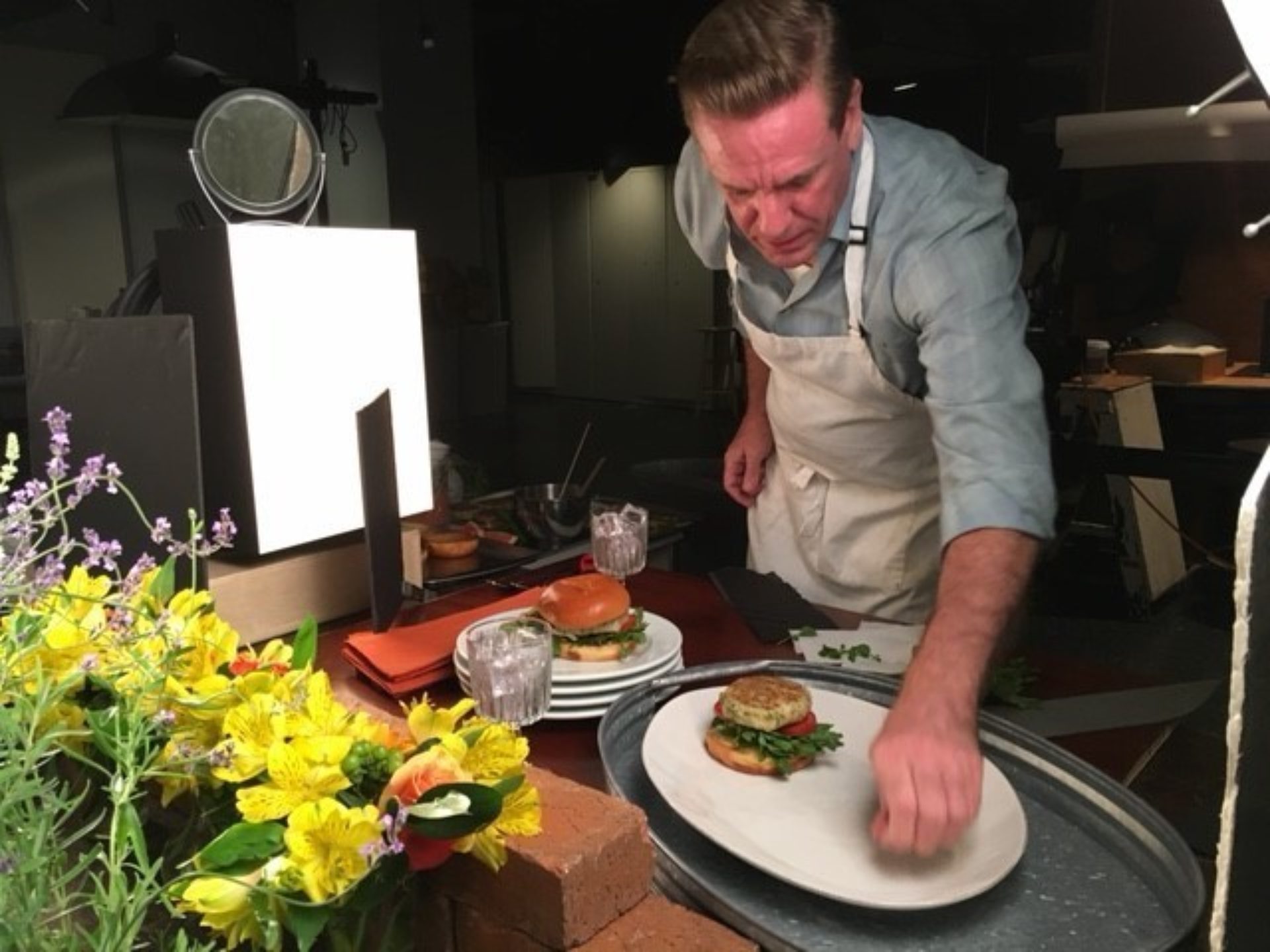
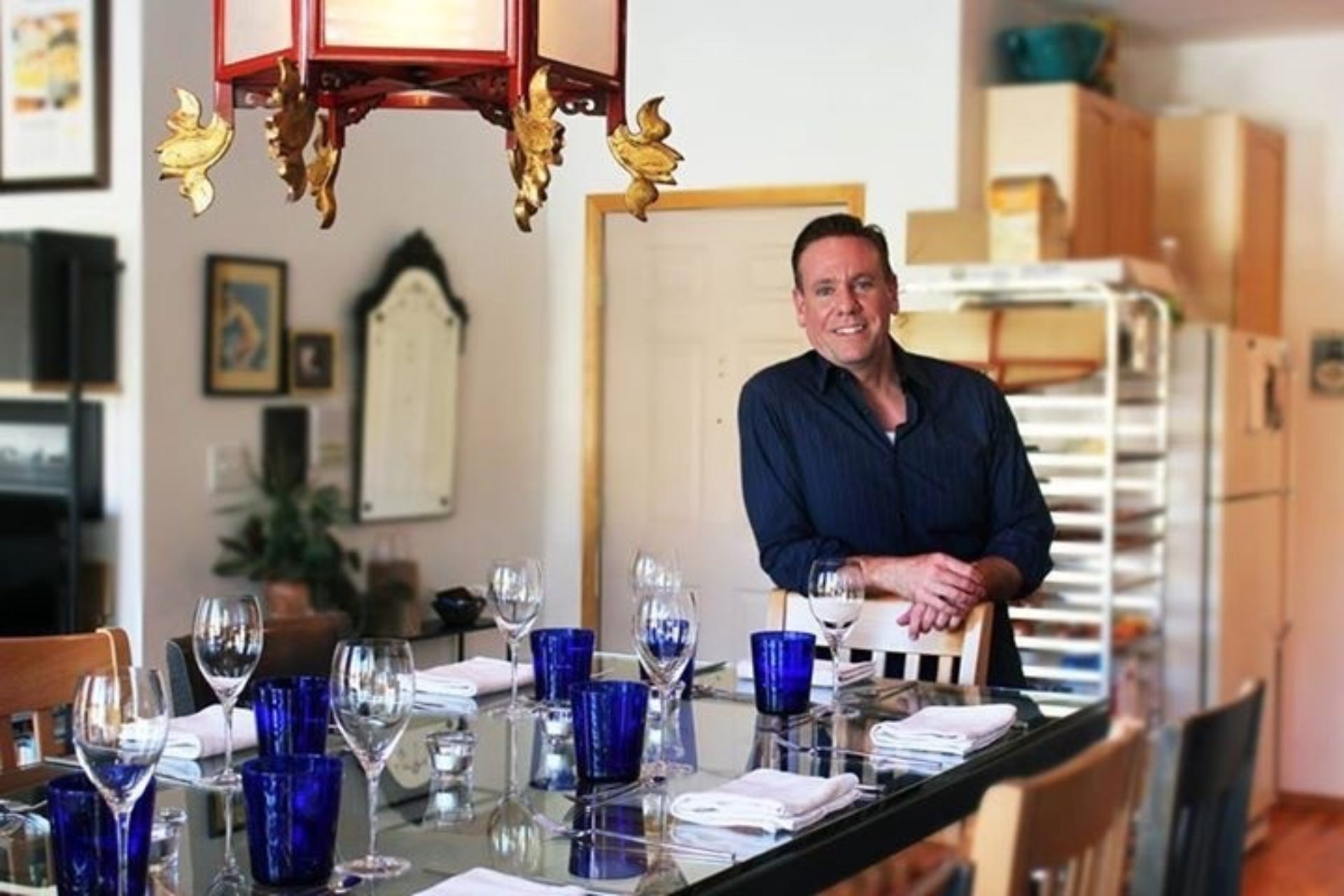
Left: Mark styling food for Chicago Tribune. Right: Mark on set for New Food Studio, a studio he created in 2014 and still runs today as a passion project.
A big trend in food right now is having no artificial ingredients. You guys seem pretty poised to take advantage of the whole plant-based space. How have you done that?
Kellogg’s has always been a plant-based company. They are the original plant-based company. One of our platforms is plant-based protein, and we’ve talked about that publicly. I look at traditional ethno-culinary regions of the world that have always been plant-based, especially Asia Pacific and the Middle East. We’ve had this resurgence since Sabra. Sabra to me is such an interesting phenomenon. We now have three generations of Americans who have fought in the Middle East, and as a result, they’ve been influenced with Middle Eastern foods, flavors, and textures. And subsequently, now you can get hummus in every mall all over the country. And it’s a direct result of that influence on our troops that have spent time in the middle East who have fallen in love with those flavors and those spices, those textures. I think that’s a really cool phenomenon, and they’re plant-based.
We look at the influence of these cultures around the world that are plant-based, and I think about the energy around sustainability. The young consumers today want to know where their chicken came from and how was it raised and what it ate.
In the fifties and sixties, we had a close connection to nurturing at home. And then we had this shift to convenience foods. We went to the moon and space food became a cool thing and packaging changed and manufacturing changed. And now we have a shift to kind of a blend of both of those things. It’s very difficult to predict the future, especially in these unprecedented times. But being nimble and reactive and listening to consumers is really, really important.
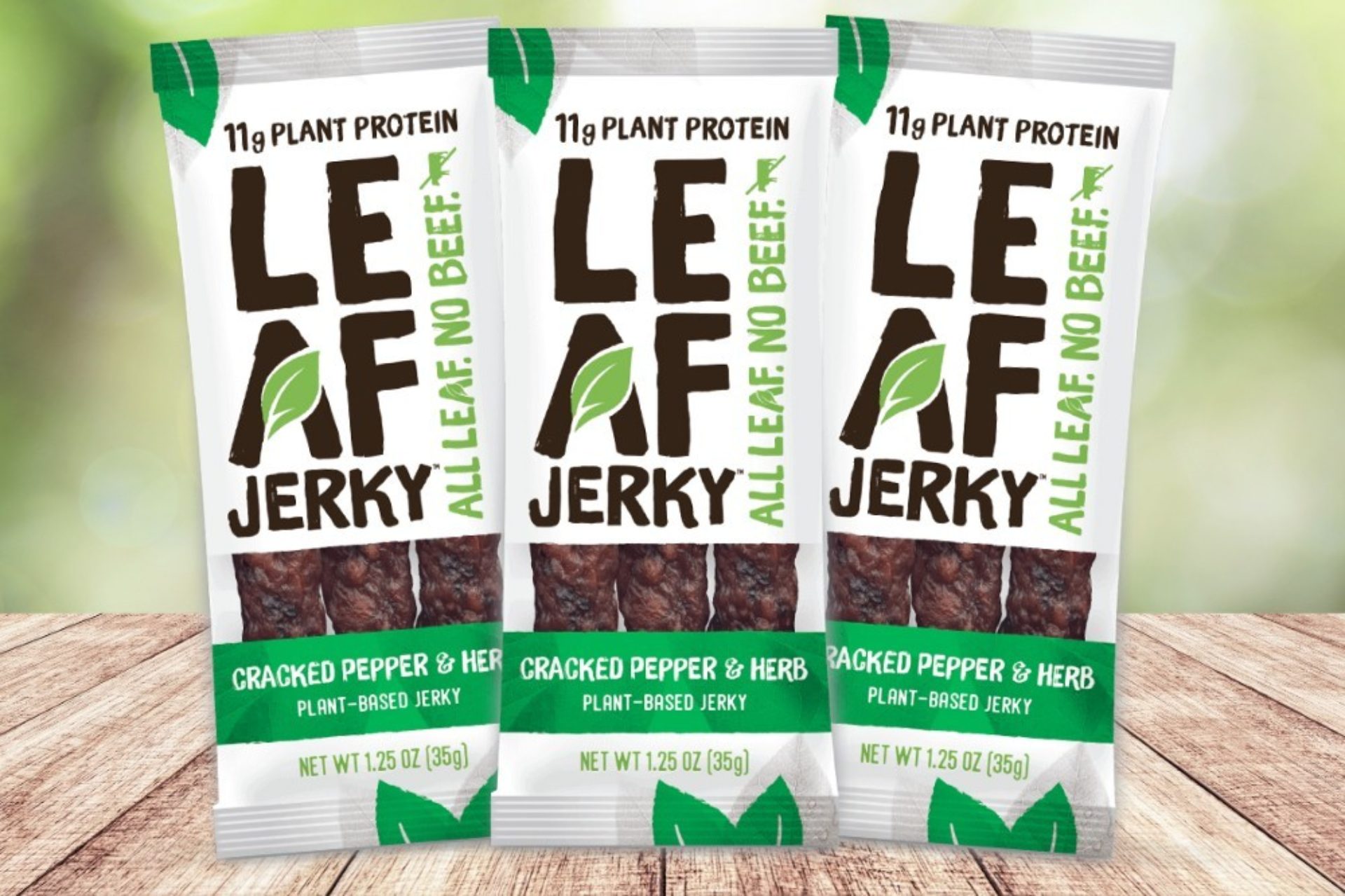
Amy Shouldice, Brand Manager of New Ventures at Kellogg’s submitted the idea during an internal pitch contest. Dubbed “Tiger Tank,” the annual program solicits business ideas and rewards the winners with funding and support. Leaf Jerky launched at Natural Products Expo East in 2019
I have not tried your Leaf Jerky yet, but I saw that was one of the newer plant-based things you’ve released. Did one of your chefs come up with that?
That was developed internally by one of my colleagues, Amy. Amy has some challenges with food, and it’s just part of how she’s made. She thought to create foods that she could feed her husband and her and our family with that also satisfied her limitations. So it was part of the inspiration to create that. I love Leaf Jerky. It’s in very limited market at the moment, but it’s an incredible opportunity to have a delicious snack that mimics beef sticks and beef jerky, but it’s completely plant-based. It’s kinda cool.
You had a catering business that specialized in breakfast when you were in college. Tell me about that.
When I was a student at Columbia University, I started a company called the Winking Sow. My college was extremely expensive and I was living on my own and I was poor. I was really poor. So, I created this company where I would do breakfast in bed on the weekends. I had a little electric cooktop. I’d buy a flat of eggs and get some pancake mix. It was a very limited menu, but you would get breakfast in bed for 20 bucks. It was fun. It exposed me to the world of catering in New York City.
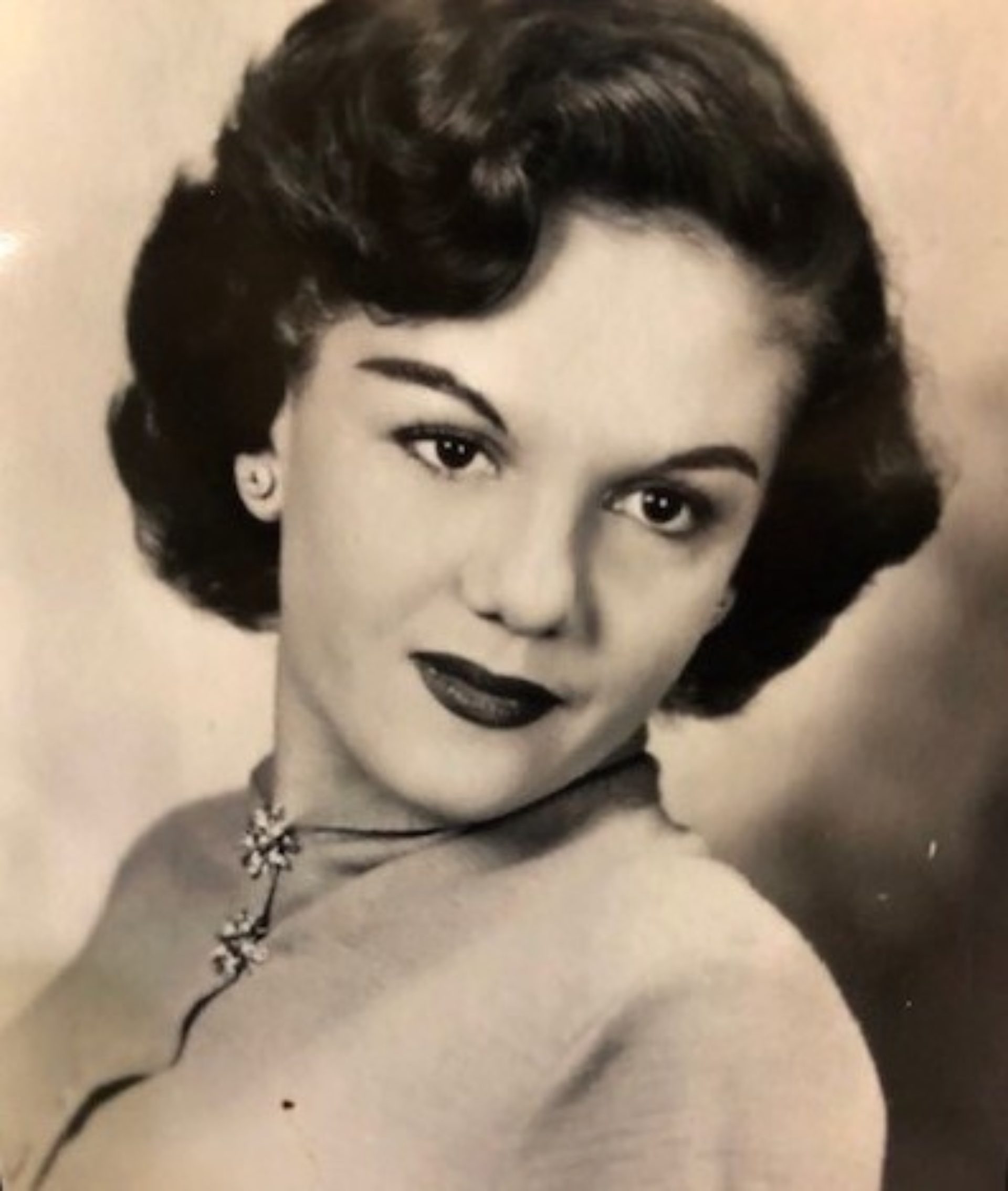
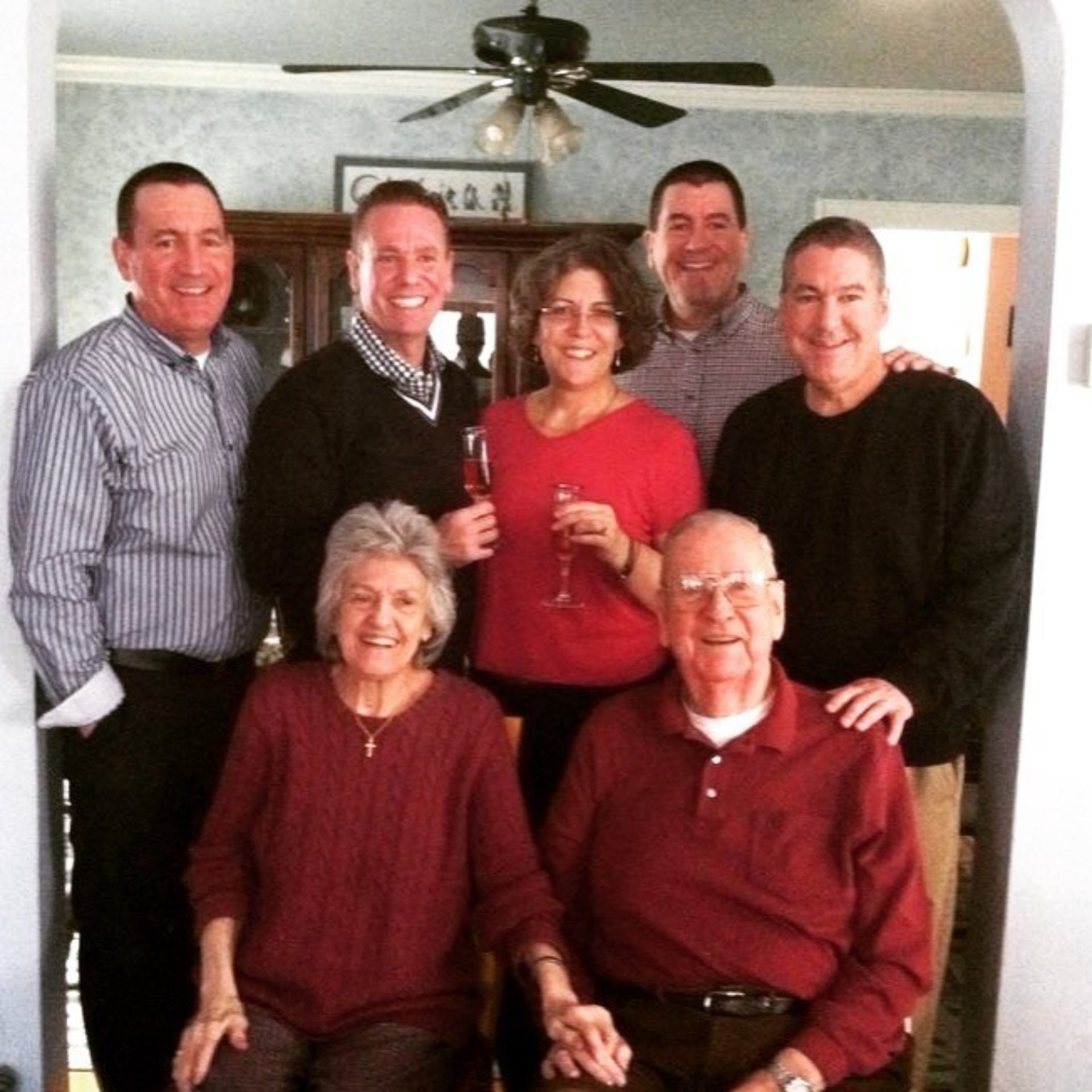
Left: Mark’s mom at age 20. Right: Graham family portrait, Christmas 2015
Did you cook with your mom when you were growing up?
Of course. I grew up in a household that when you opened the refrigerator food fell out. I’m one of five children. My mom was a really good cook in her heyday. She’s from Northern Italy so we had a lot of food that was fresh and of the moment and very seasonal, and meat was the side dish, not the entree.
There was always a cake in the house. There was always cookies in the house. There was always a big tub of homemade tomato sauce. There was incredible leftover food. I grew up in a household where food and sex were the same things and often substitutes for each other. “You’re having a bad day. Oh, let’s have some food. You’re having a good day. Let’s eat something.”
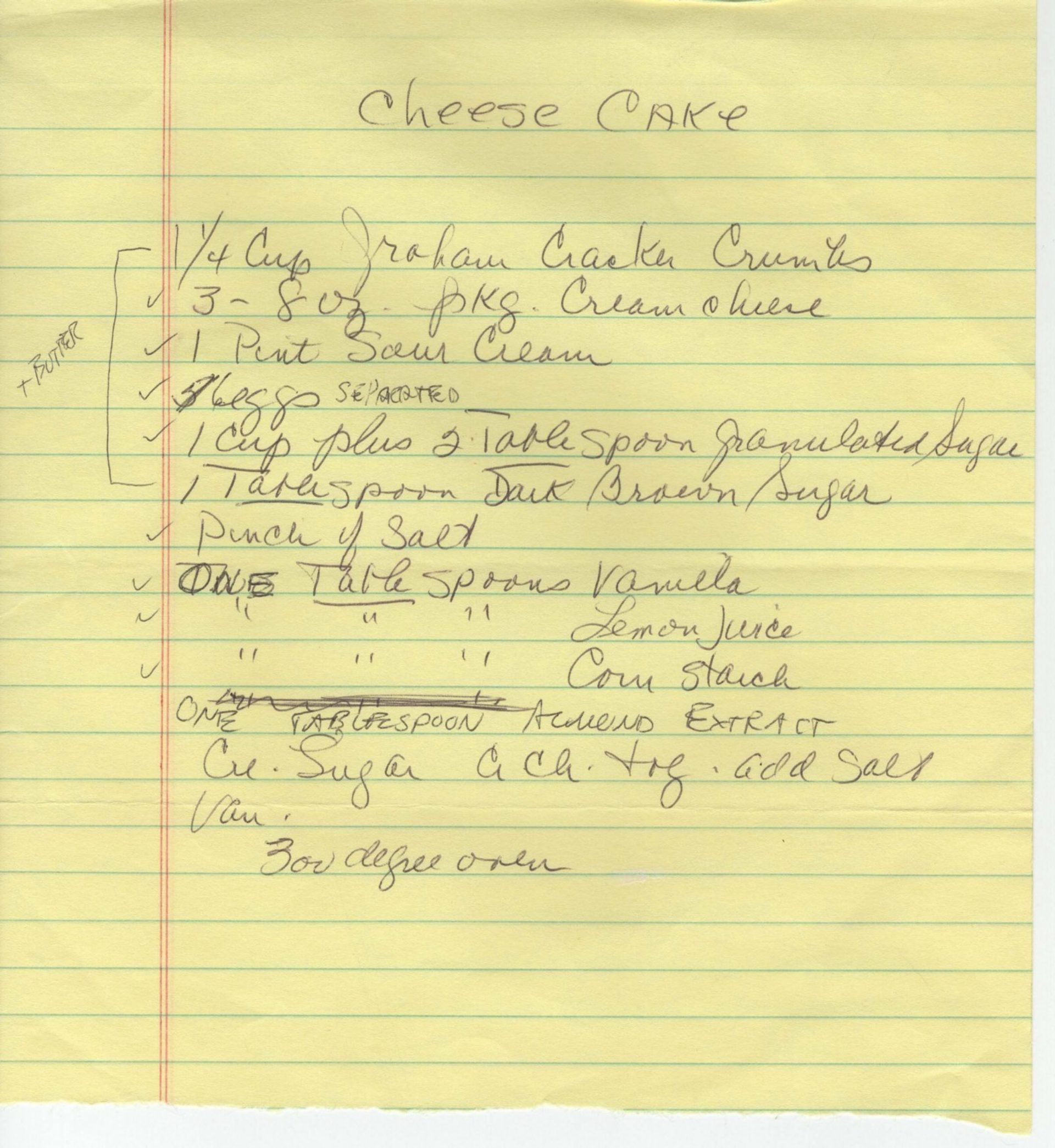
“One of my mom’s recipes. Note there are no directions. She knew how to put these together from memory and repetition.”
Ok, last question. How would you define beautiful thinking?
Beautiful thinking is wrapped up in the luxury of, at this point in my career, not being far away from a good bottle of wine and a meal with close friends and family. That is the fuel that keeps me moving forward.


